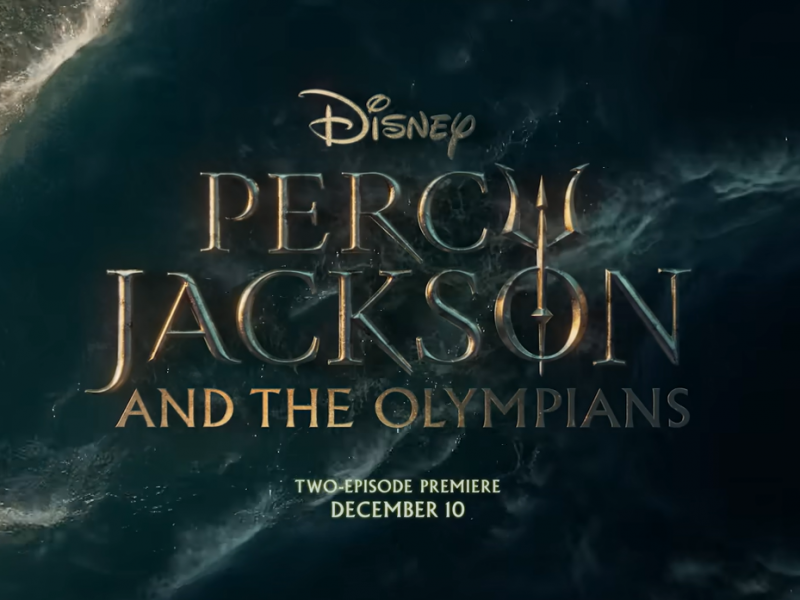I usually find sequels unappealing. They often come too far after the first film’s release date or fail to capture the original’s essence. But Beetlejuice Beetlejuice stays true to the 1988 film while adding its own elements and dramatic flairs.
The film introduces new characters played by stars such as Jenna Ortega, Justin Theroux, Willem Dafoe and Monica Bellucci. Winona Ryder, Michael Keaton and Catherine O’Hara reprise their original roles as Beetlejuice, Lydia Deetz and Delia Deetz.
Directed by Tim Burton, who helmed the original, the sequel follows Lydia and her daughter, Astrid, who have a strained relationship. This is ironic considering Lydia’s poor relationship with her own mother in the first film. She’s also the well-known host of a television show about ghosts in homes, appropriately called “Ghost House.”
After her daughter finds herself in the afterlife, Lydia is forced to make a deal with “the ghost with the most” once more — Beetlejuice.
This time, the sequel features two main antagonists — Delores, a soul-sucking ghost played by Bellucci, and Jeremy, played by Arthur Conti — which creates two storylines and climaxes in which the protagonists face both.
[Sabrina Carpenter captures the bittersweet nature of love in new album]
Beetlejuice Beetlejuice is a classic Tim Burton film that’s more dark fantasy than horror. The only thing missing is a character played by Helena Bonham Carter or Johnny Depp. Blue hues, irregular hallways and doorways leading nowhere maintains the original ambiance of the afterlife in the film’s iconic horror-comedy aesthetic.
But the film wasn’t without flaws. While Delores is given screen time, she’s simply characterized as a obsessive, crazy ex who wants revenge. Filmmakers could have done more with her character. Delores had the potential to be genuinely frightening, but was only given scenes sucking the soul from ghosts or looking for Beetlejuice.
Jeremy is a better villain, easily manipulating Astrid into falling for his sinister plan with his charming but chilling smile.
The film also includes odd nods to Ortega’s character, Wednesday Addams, from the Netflix series Wednesday, which includes four Burton-directed episodes.
[Add these books to your reading list for a September pick-me-up]
In both, Ortega begins to like a boy with an unfortunate backstory and discovers a dark secret about him after sharing a kiss. Both scenes may be crucial to the storyline, and while Burton approached it differently in this film to avoid repetitiveness, the filmmakers missed an opportunity to craft an original, intense scene.
The Beetlejuice sequel stayed true to the original through its spooky comedy rather than true horror — even featuring a dance break. While it was funny, the break was too long and added nothing to the film except more screen time.



